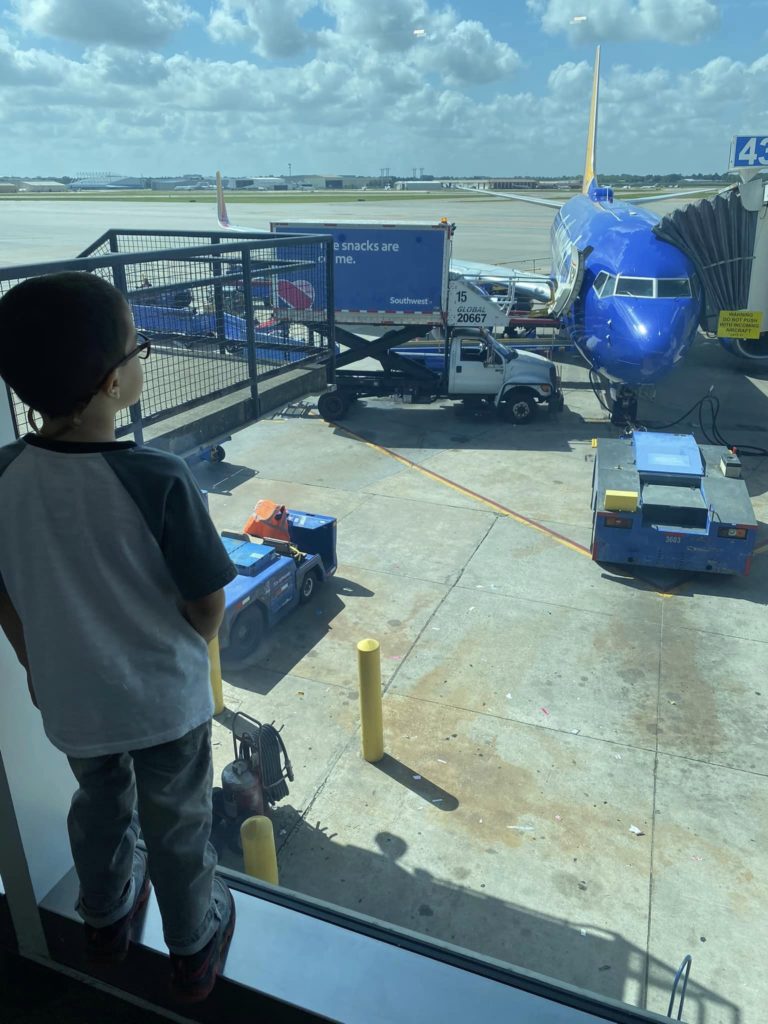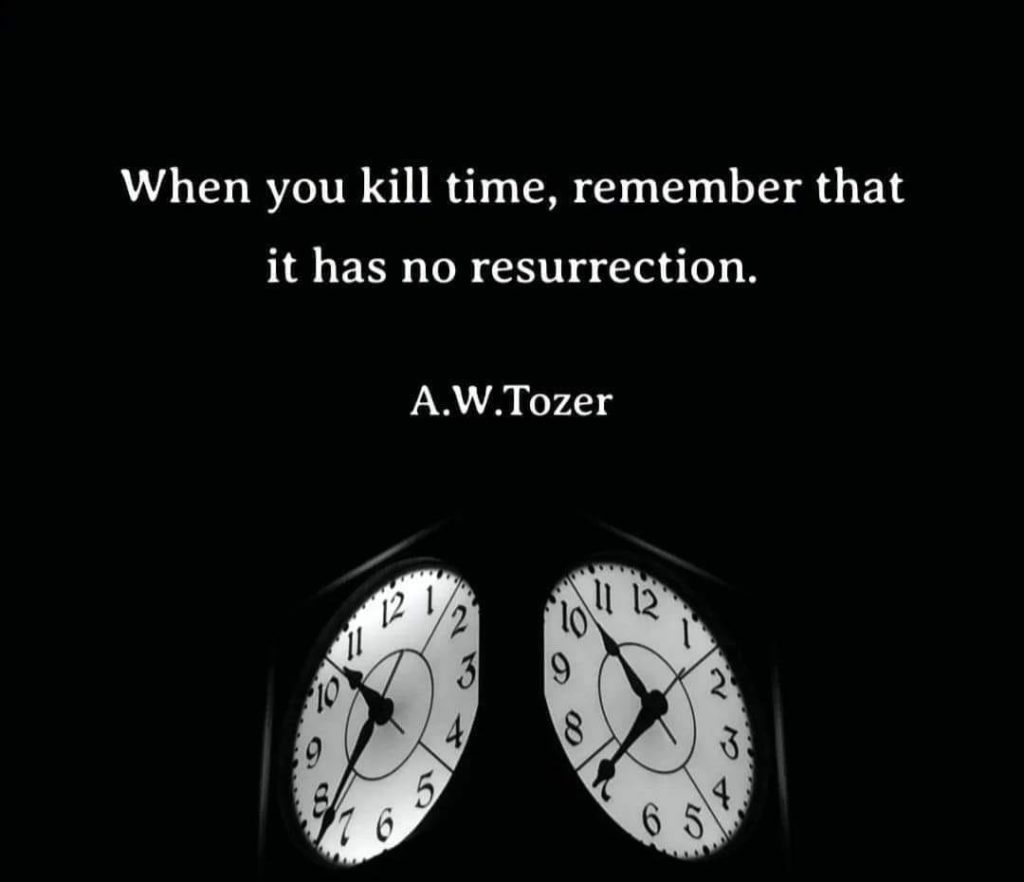Matthew’s Gospel contains an intense period of instruction from Jesus to His disciples (Chapter 17-20). Jesus knew His time on earth was limited, so He spent more time with His followers and less time ministering to the crowds.
This section includes a hard saying of Jesus:
“What sorrow awaits the world, because it tempts people to sin. Temptations are inevitable, but what sorrow awaits the person who does the tempting. So if your hand or foot causes you to sin, cut it off and throw it away. It’s better to enter eternal life with only one hand or one foot than to be thrown into eternal fire with both of your hands and feet. And if your eye causes you to sin, gouge it out and throw it away. It’s better to enter eternal life with only one eye than to have two eyes and be thrown into the fire of hell.”
Matthew 18:7-9 (NLT)
This is not the first time Jesus said something like this (See Matthew 5:29-30), but I imagine his audience was shocked to hear it (even if it was the second time around for some of them).
How do we make sense of it? Let’s first state the obvious: it is not to be taken literally. How do I know this? Removing a body part (or multiple body parts) would not remove our sinful nature, nor would it save us from hell. Sin is a heart issue.
Notice that “Temptation are inevitable.” In other words, they are a part of the broken world we live in and will be until He makes all things new.
When I see this statement I think of the availability of sexually explicit material now compared to the world of my youth. There was a time in which one had to go to a “specialized” store or theater in order to purchase or view such material. Now there’s an unlimited buffet of filth available with a few screen clicks. These and other temptations now permeate the world we live in–they are everywhere.
But judgement will come to those who live to lead others to sin: “what sorrow awaits the person who does the tempting.” Jesus already warned His listeners about a broad path that leads to eternal destruction (Matthew 7:13). He also warned that a life of setting traps for God’s children would be better off cut short than to continue storing up judgement (Matthew 18:6). A life of sin and leading others into sin is horrifically short-sighted in light of eternity.
But what of all this talk of self-mutilation? It’s a figure of speech Jesus used to vividly drive a point home. It’s not that different from Jesus’ declaration that a tiny bit of faith will allow His followers to speak and move mountains (Matthew 17:20).
Here’s the point: we, God’s children, should not invite temptation into our lives. The prevalence of sin and temptation in this world is never an excuse for us to allow it into our lives.
I think back to my previous life as a substance abuse counselor. Recovering addicts are often warned to avoid “triggers”–people, places, and things that might cause them to slip back in to their addictions.
In much the same way, followers of Christ are called to remove known sources of temptation from our lives–no matter how precious they are to us.
What if there’s a relationship in your life that constantly leads you into sin? You must distance yourself from that person–the benefit of the relationship simply isn’t worth the risk of leading you to sin against a God who loves you and wants the best for you.
The same could go for a streaming service or website that constantly entices you to look at images that displease God. Cancel your subscription, install accountability software, or take whatever other steps are necessary to remove this source of temptation from your life.
These are just a couple of examples, but I think you get the point: Jesus calls us to treasure our relationship with Him above all things. Nothing is worth damaging your fellowship with Him.







